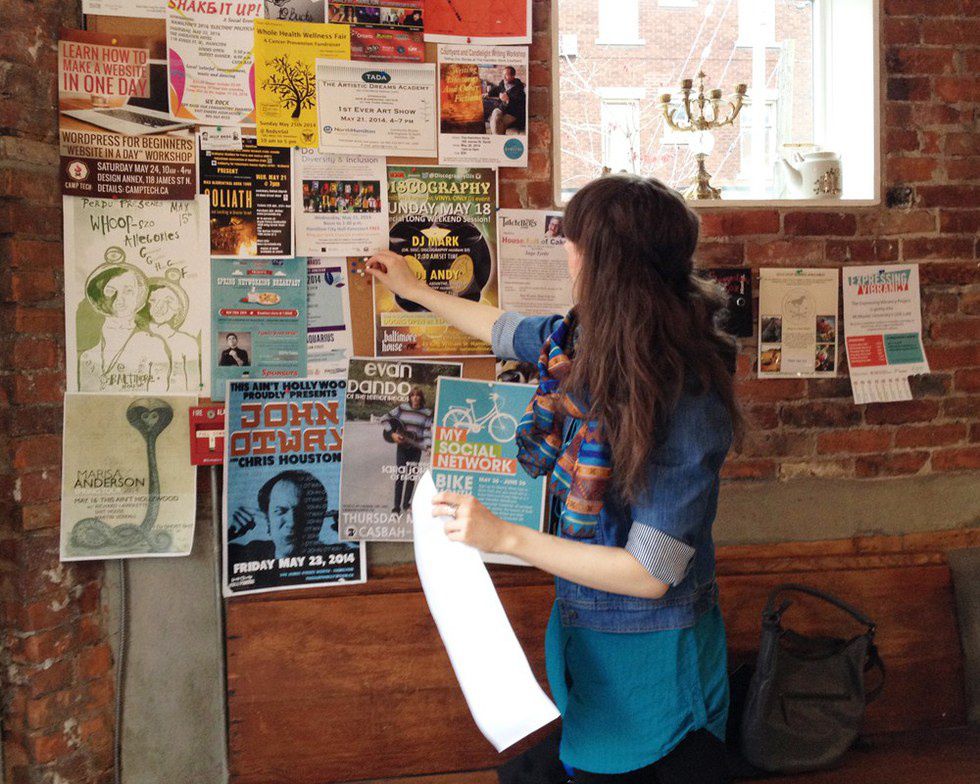Beauty trends come and go, and that pendulum is finally swinging away from the ultra-matte, contoured to the Gods, "yas, gurl!" Kardashian-Klone look. Little by little, the bright, dewy, soft-focused aesthetic of Asian beauty has broken through the clouds of kiss-proof, transfer-proof, bullet-proof liquid lipsticks. There are merits to both trends, but this one feels more personal.
Makeup and skincare brands from Korea and Japan and Taiwan have been becoming more and more mainstream— mainstream enough to be stocked in your neighborhood Target and run campaigns in your favorite Sephora. And that’s inspiring to a young Asian-American strolling the aisles of those stores, window shopping and coming face to face with promotional pictures that feature models that look like her.
I grew up admiring the heavy glass bottles of SK-II and Shiseido products on my mom’s vanity and asking for permission to hold her lipsticks. Since then, trying out and even just reading about new cosmetics makes me happy— but sometimes it feels bittersweet. Ad campaigns hardly ever featured Asian models, or foundation shades were slightly off, or the eye makeup tips in magazines were entirely useless. I’d comb through reviews online (this was a little after Michelle Phan showed the world that beauty-related YouTubes had amazing potential), searching for and latching onto girls who had skin like me or eyes like me, and relied on their opinions to navigate through a sea of products that never saw me as their target audience. It felt like having so many older sisters who’d share their advice and wisdom at a slumber party, and the recent popularity of Asian beauty feels like an extension of that. Seeing the iconic, coveted brands now celebrated around me is a triumph.
Consider the connotations of prestige and luxury a French brand carries by virtue of being French, and compare that to the stereotype of Chinese knockoffs made with chemicals that’ll melt your face off. Naturally, moving away from that perception is a victory, especially when so many products are a celebration of the culture that created them, using ingredients like ginseng or green tea.
Most Western brands still aren’t very inclusive in terms of having a range of shades that match a spectrum of skin tones, especially those for people of color. Seeing mainstream media embrace foreign products and normalize, say, my Snapchat selfies while wearing a sheet mask, feels like a step in the right direction.
But it’s not without fault: some articles can still carry tinges of orientalism: Look at these products that Asians use to get porcelain perfect skin— there are snail slime and wacky Chinese herbs in it! In the end, they can revel at the novelty of it, but I’m thankful all the same for the representation, the normalization, and of course, the nice products.



















